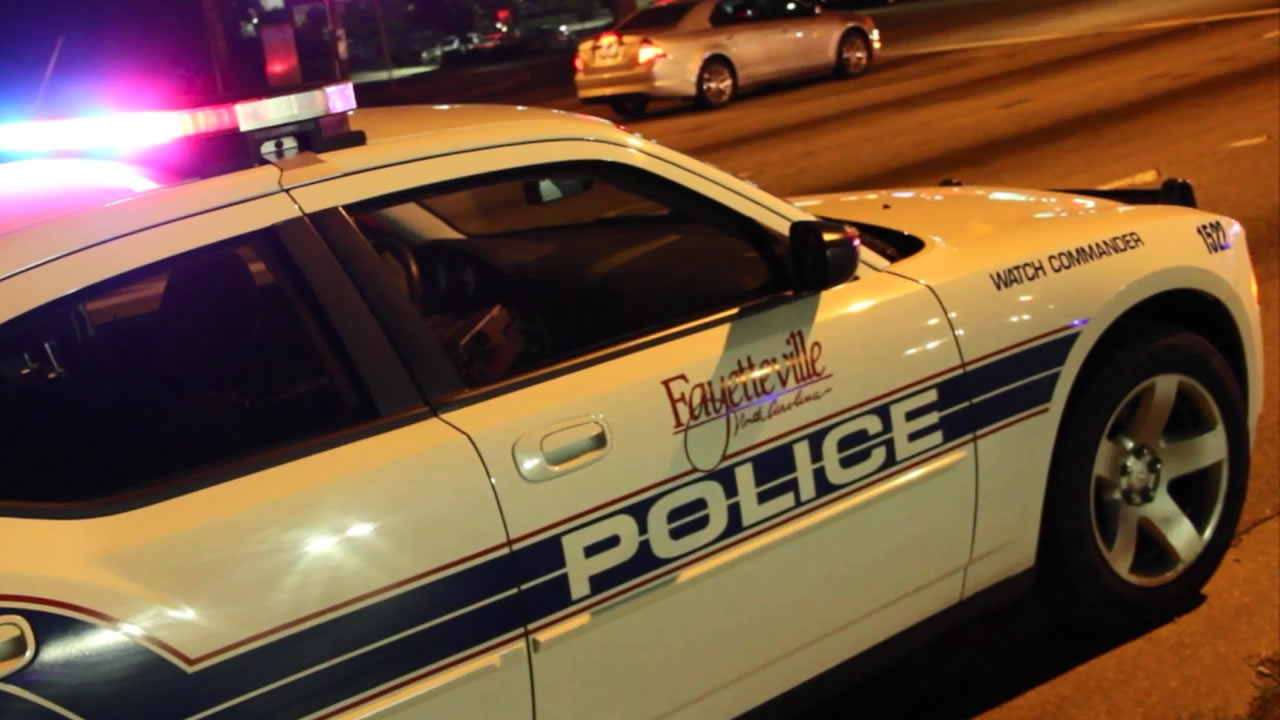Tech expert encourages people to prepare after AT&T outage | 'Consider alternatives'

RALEIGH, N.C. (WTVD) -- The AT&T outage problem has been fixed and federal agencies are looking into what happened. The entire situation left people wondering what to do if this happens again, and how they could communicate if there were another major event or cyberattack.
More than 74,000 AT&T customers were affected during Thursday's widespread outage, according to the digital-service tracking site DownDetector.
The outage began around 4 a.m., with service finally being restored to all customers around 3 p.m. Thursday.
During those 11 hours without service, many people were reminded just how much they rely on cell service in their everyday lives. Cell phones are used on everything from sending a text or navigating to a location to charging items at the grocery store.
Cybersecurity and digital forensics expert Craig Petronella, as well as his wife, felt paralyzed yesterday when their AT&T phones stopped working.
"We started freaking out a bit about how do the kids reach us? How do we reach out to our parents if somebody needs us?" Petronella said.
Thursday night, after he got his service back, Petronella placed an order for a satellite communicator or sat phone.
"God forbid we ever need it or use it," said Petronella. "It's kind of like a first aid kit that you wish you had but hope to never use it."
Satellite communicators are not a viable solution for everybody. They are pricey.
ABC11 looked up the cost and found the device online selling from $200-$400. You also have to get a plan and they can run $65 a month.
The cheaper way to go could be a landline, even though that technology seems to be phasing out with few people having a hardline phone these days.
The National Center for Health Services looked into the trends and the most recent data finds, more than 72 percent of adults live in a wireless-only household.
The demographic with the highest percentage of wireless-only homes is the age group between 30-34; that group accounts for 88 percent.
Statista finds landline use will have an annual growth rate of zero percent from now until 2028.
With the changing landscape, Petronella is encouraging others to come up with their backup plan.
"We don't really think a lot about in our everyday activities because we're busy, but when it doesn't work it hurts," said Petronella.
A month ago, AT&T requested to discontinue traditional landline service in California and a series of public hearings are currently being held.





